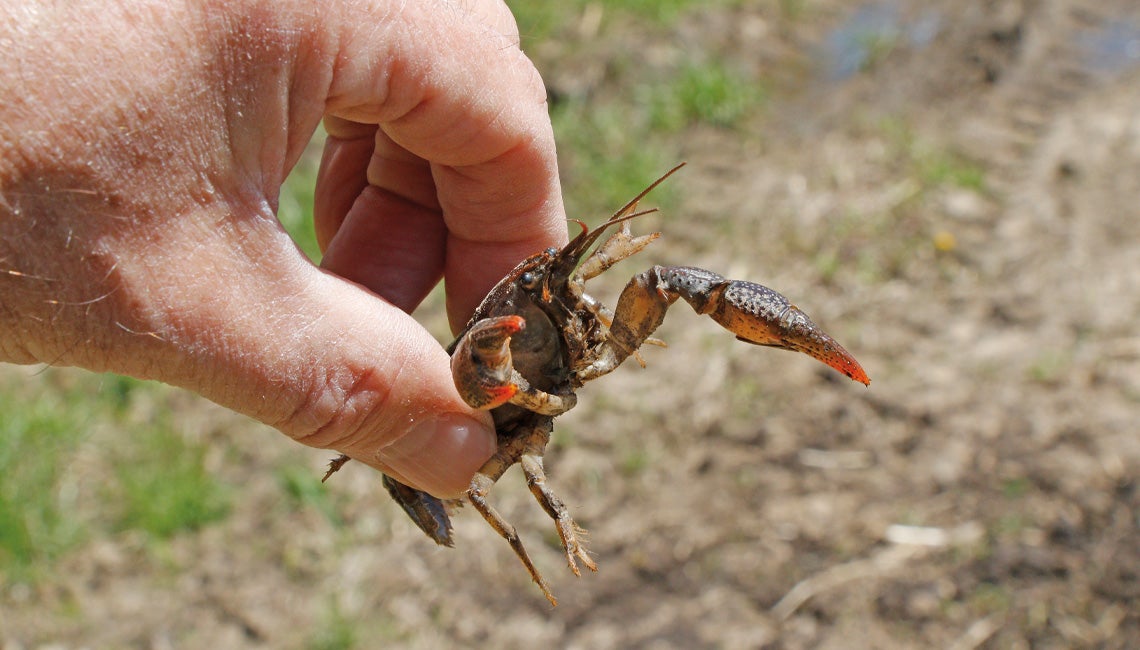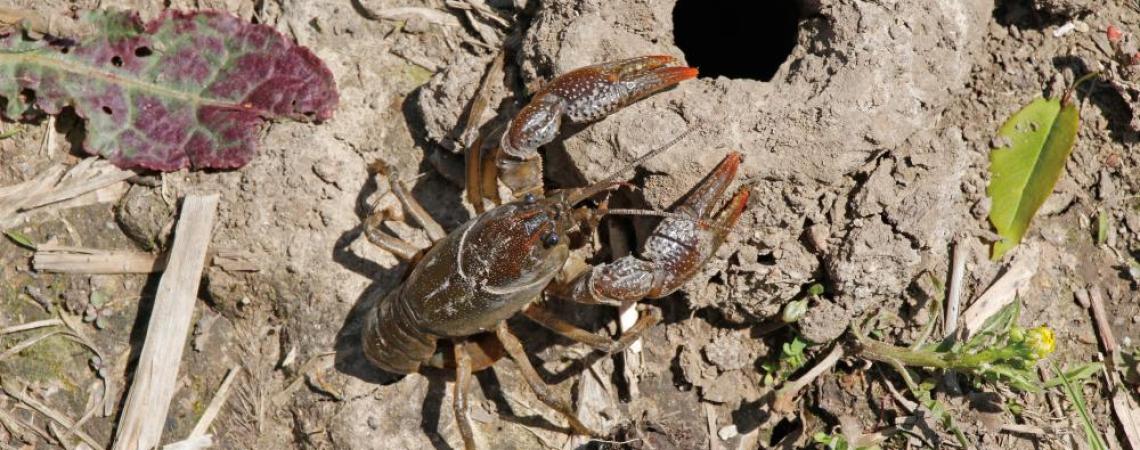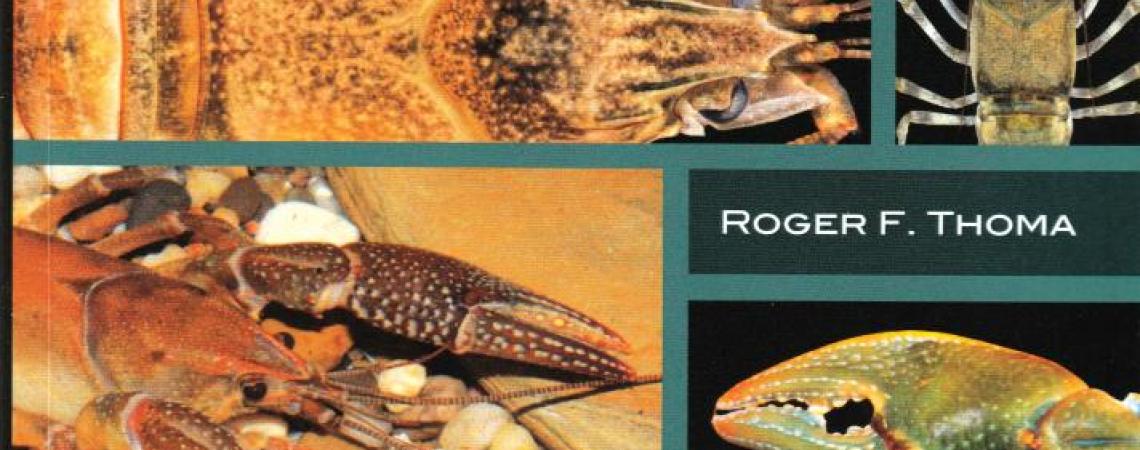Sometime when you feel like getting outdoors and impressing your young kids/grandkids this spring, tell them this story: Say you’re going to visit a king who lives in a castle. Would they like to come along and meet him? To add to the mystery, tell them the king only comes out of his castle at night. What youngster is going to say no to that?
Take along a shovel, a bucket, and a pair of gloves. What you’ll be digging for are burrowing crayfish, which build a mud chimney — or “castle” — several inches high, giving away their location. This is the ideal season of the year to look for the chimneys of burrowing crayfish, before vegetation emerges and makes them more difficult to see. The edges of moist farm fields and wet areas are good places to begin your search.
Burrowing crayfish build mud chimneys — or “castles” — several inches high, giving away their location.
Known variously as crayfish, crawfish, crawdads, mudbugs, or by many other local names, these crustaceans look like mini freshwater lobsters — and taste like it, too. Crawfish boils in the South (especially in Louisiana, where the clawed critters routinely grow much larger than here in Ohio) are highly anticipated party gatherings.
Worldwide, crayfish have a tremendous diversity; there are nearly 700 species, with 475 of those found in North America. The majority of the North American species are in the eastern half of the continent and associated with the Appalachian and Ozark mountains.
“In Ohio, we live in the center of the world’s crayfish diversity, with new species still being discovered and described,” says Roger Thoma, who’s been studying crayfish, a field of science known as astacology, for more than half a century. “The Buckeye State currently has 22 native and two introduced species of crayfish.”
Thoma has recently put that accumulated knowledge into his new book, A Naturalist’s Guide to the Crayfish of Ohio, published by the Ohio Biological Survey. According to Thoma, there are three general categories of Ohio crayfish: stream dwellers, rock dwellers and bank burrowers, and primary burrowers. It’s the last category, primary burrowers, that construct chimneys, and there are six of those species in Ohio.
“The burrows of these species can sometimes be quite deep, up to 6 feet, but 2 to 3 feet is more the norm,” Thoma says. “The simplest of the burrows are vertical, with only one entrance and no side tunnels. Some species construct complex tunnels with multiple entrances, side tunnels, and enlarged chambers the size of a football.”
As for size, most primary burrowers max out at about 5 to 6 inches in length. But the threatened crawzilla crawdad — yes, that’s its actual common name — can measure up to 8 inches.
“That name originated with early Ohio crayfish researcher Ray Jezerinac,” Thoma says. “He collected a specimen from the wild that was so large he kept it alive, brought it back to the OSU Newark campus, and put it on display for us students to observe. He named the specimen 'crawzilla.' It’s also the largest burrowing species I have collected, a very robust crayfish.”
The only crayfish that’s larger in Ohio is the non-native red swamp crayfish. Having unintentionally become established in the Sandusky Bay area of Lake Erie, the species is expanding its range and can measure a full foot in length.
One note: Make sure to get permission from the landowner before digging on private property, and always replace whatever soil you might dig up in your search for burrowing crayfish.
W.H. “Chip” Gross is Ohio Cooperative Living’s outdoors editor.











